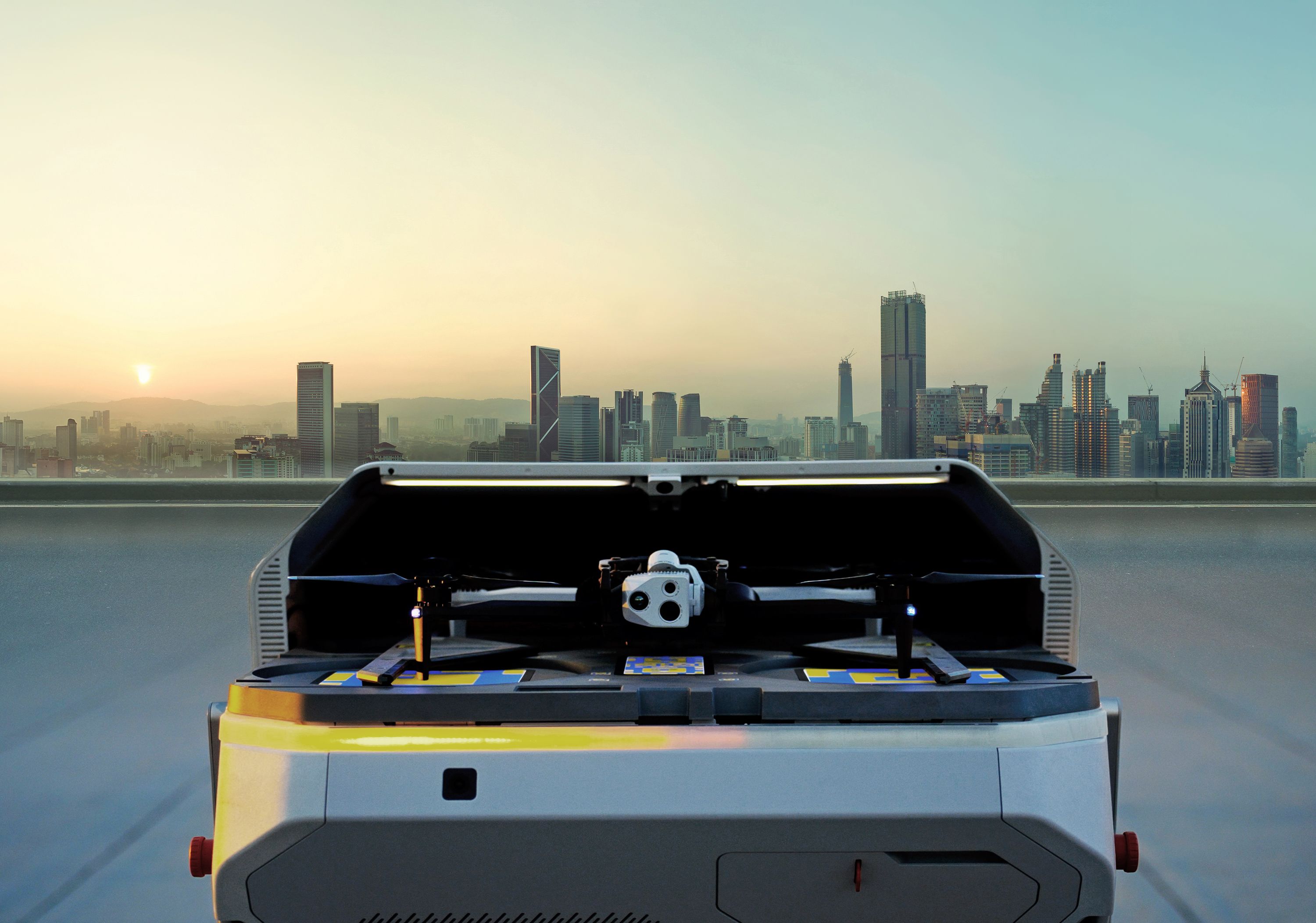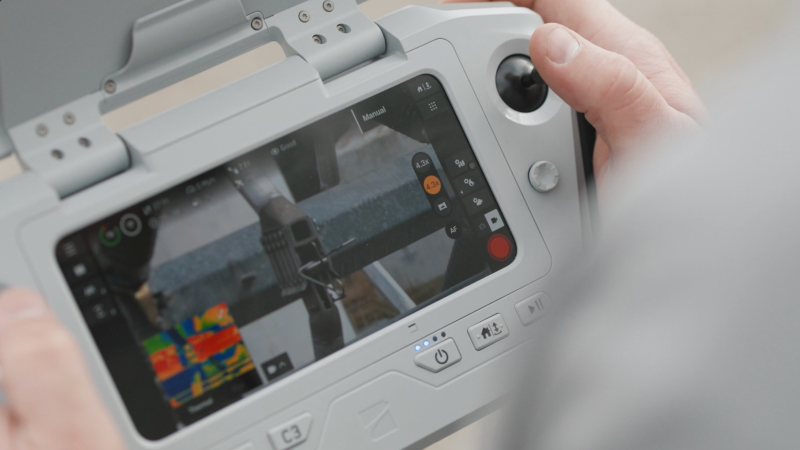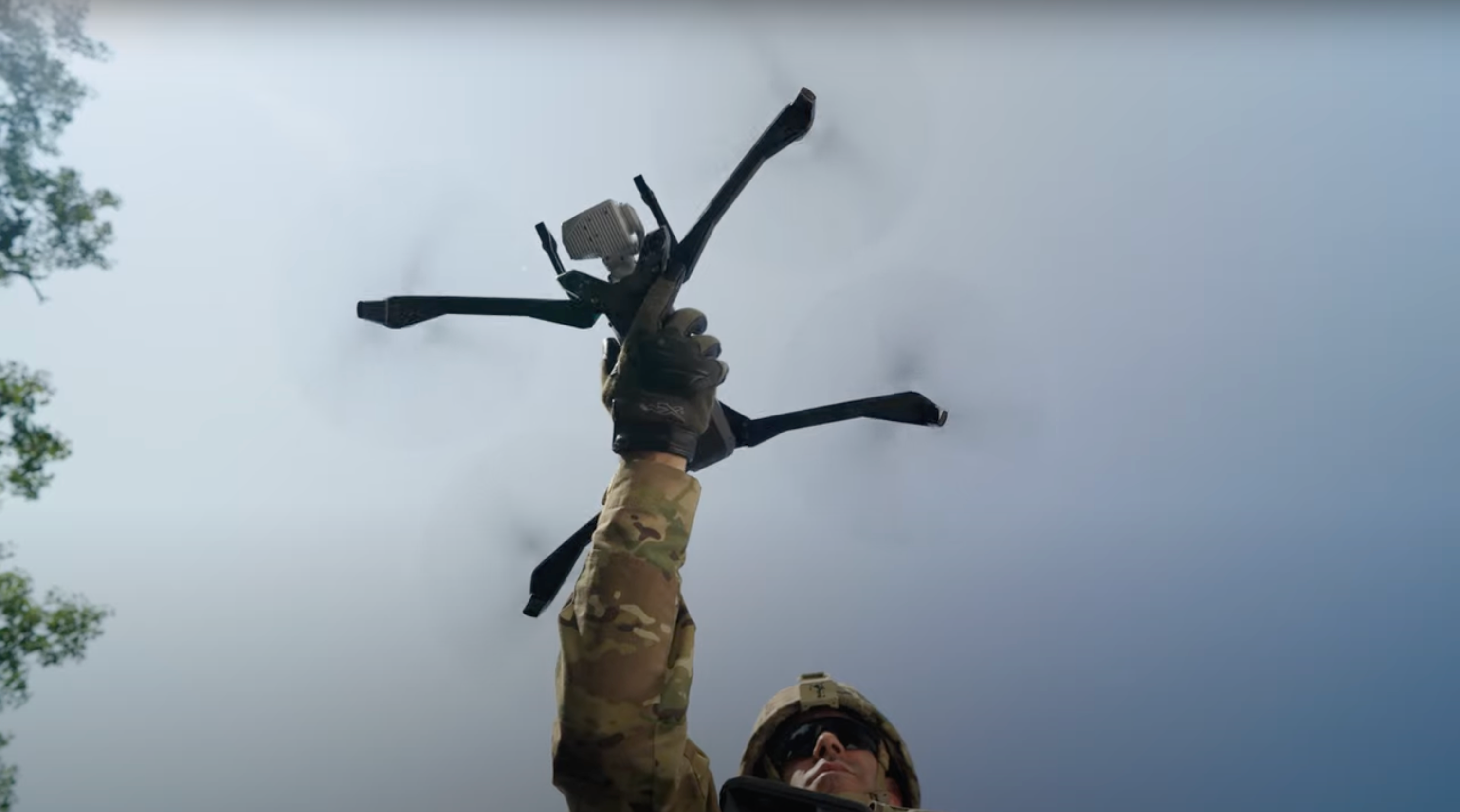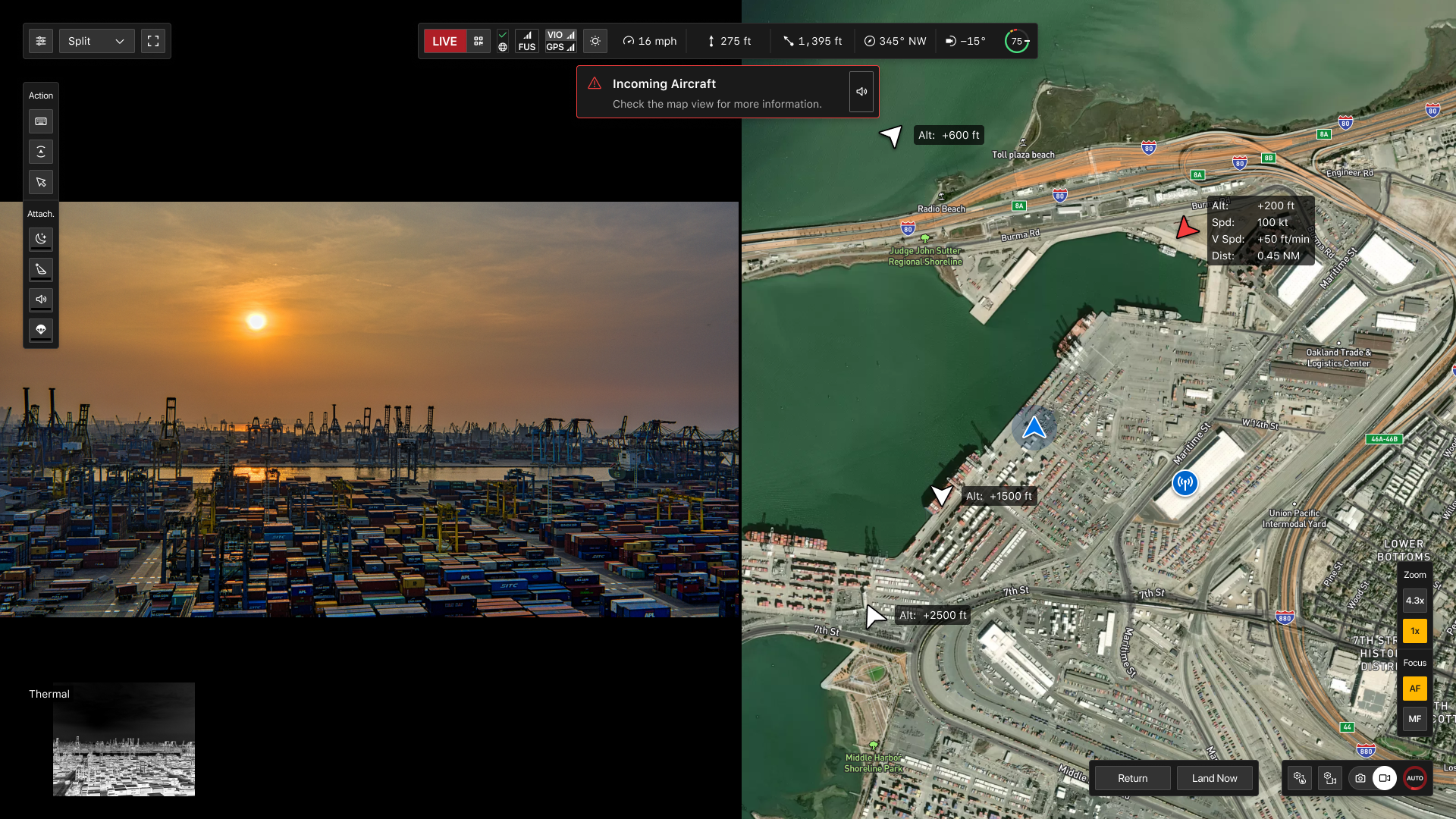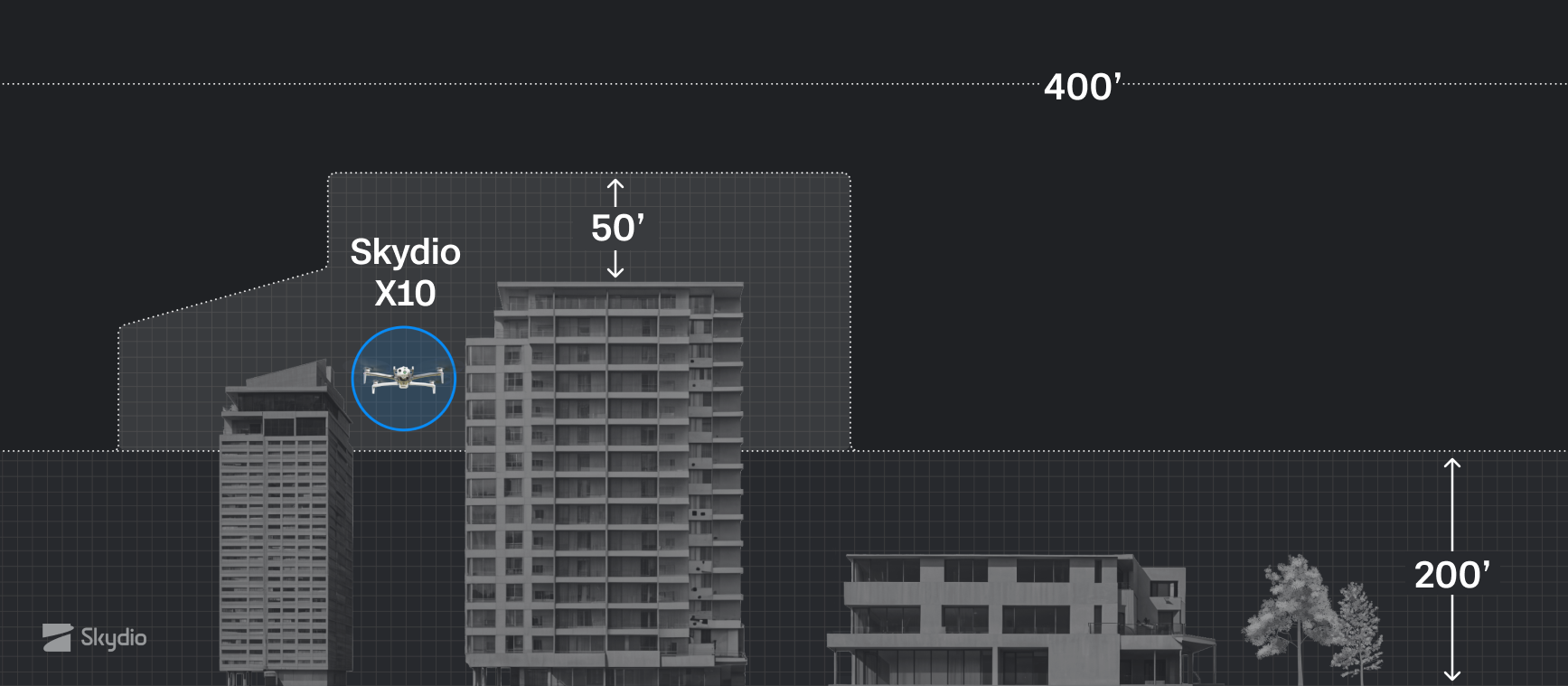Understanding the FAA Remote ID Rule
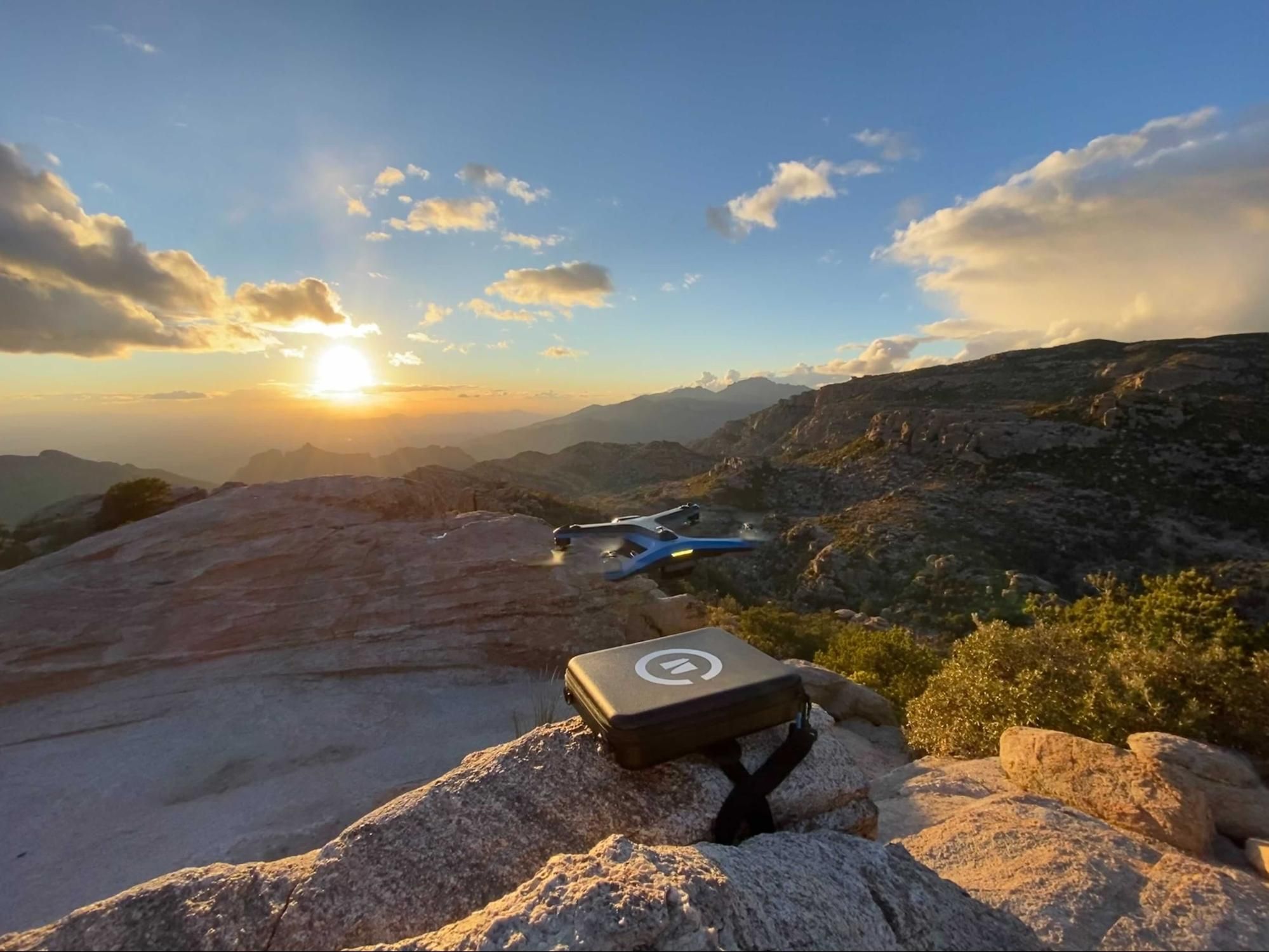
January 27th, 2023: Click here for the latest update on Skydio's compliance with FAA Remote ID Requirements.
July 12, 2022 update: Skydio consumer and enterprise drones will be Remote ID compliant by the required FAA deadlines (September 2022 for manufacturers, and September 2023 for operators). Skydio will enable Standard Remote ID compliance through software updates. No hardware modifications will be required. That applies to Skydio 2, Skydio 2+, and Skydio X2E.
For background, the Remote ID rule contains two key deadlines. First, manufacturers must begin making Remote ID compliant drones by September 2022. Second, operators must begin using Remote ID compliant products by September 2023, unless flying in an FAA-recognized identification area (a new term that refers to recreational flying sites). Skydio will comply with both deadlines.
If you are registering a new (or old) Skydio drone with the FAA, the registration portal will ask “Does your drone broadcast Remote ID information?” Check “no” for now because this capability is not yet enabled (the requirement does not go into effect for drone operators until September 2023). Skydio drones will be capable of broadcasting Remote ID information by the September 2022 deadline for drone manufacturers.
Skydio defense products (the X2D series) are intended to be offline and may not be Remote ID compliant. The Remote ID rule expressly exempts drones operated by the United States military.
Original article posted on January 21, 2021 below.
On December 28, 2020, the FAA released 800 pages of new drone regulations spread across two rules. The rules were officially published on January 15, 2021. The first rule requires drones to remotely identify themselves (beginning in September 2023); the second enables operations at night and, in more limited cases, over people (beginning later this year).
The most important takeaway on the new rule is this: our products will be in compliance within the relevant timeframes.
The Remote ID rule
In 1893, France issued a law requiring motor vehicles to have a “number plate”--the first form of license plate. In the United States, New York followed suit in 1901. Now ubiquitous around the world, license plates provide higher levels of safety on the roads, encouraging drivers to follow the rules and enabling other drivers--and the authorities--to identify vehicles that do not.
For more than four years, the FAA has been working to develop a similar system for drones. The newly released rule on Remote Identification of Unmanned Aircraft represents the culmination of that effort. The agency views this as a critical building block that will help to enable the advanced operations--including routine flights beyond visual line of sight (BVLOS)--necessary to unlock the full potential of drones. Here is the FAA’s executive summary of the rule, the rule itself, and the FAA’s webpage on Remote ID.
What is required under The FAA's new system?
The rule establishes a way of remotely identifying drones in the air. Every drone required to be registered with the FAA--meaning drones weighing more than 0.55 pounds--must have a digital license plate consisting of the drone’s serial number or a session ID specific to a particular pilot and flight. Most drones will be required to broadcast that information, as well as the position of the drone and controller, in a manner able to be received by cellular phones (using wifi or bluetooth). The information will be broadcast locally. Anyone with a compatible phone or receiver will be able to receive it. Importantly, only the FAA and public safety agencies will be able to correlate the information to a specific person. That limitation helps to protect operator privacy.
The rule is broad in scope. Unsurprisingly, it applies to commercial operators flying under Part 107. But it also applies to recreational pilots flying drones weighing more than 0.55 pounds. (Drones below that threshold must comply if they are operated under Part 107).
The rule provides three options for compliance (depicted in the following FAA drone rules graphic and explained further below):

Standard Remote ID
When the rule takes effect in late 2023, the vast majority of drones on the market will need the ID to be built in, a category the FAA calls “standard remote ID.”
What information Is transmitted?
Standard remote ID drones are required to broadcast identification, location, and performance information once a second from takeoff to shutdown. That includes the location of the control station.
Identification
As mentioned above, identification consists of the drone’s serial number or a one-time session identifier that provides a higher level of privacy. Regardless of whether operators use the serial number or a session ID, only law enforcement and airspace management personnel will be able to correlate identifiers to specific people.
Eligible for BVLOS?
Yes. Standard remote ID drones are the only category eligible for BVLOS operations.
Remote ID broadcast modules
Drones that do not qualify may use a “remote ID broadcast module.” In many cases, a broadcast module will consist of a physical device attached to the drone, but it could be enabled by software instead.
What information is transmitted?
Like standard remote ID drones, drones with broadcast modules must broadcast identification, location, and performance information once a second from takeoff to shutdown. However, only the takeoff location of the controller must be broadcast, unlike the requirement for standard remote ID drones to broadcast the controller’s location in real time.
Eligible for BVLOS?
No. The FAA determined that drones with broadcast modules are ineligible for BVLOS operations. Why? Broadcast modules are not required to report the real-time location of the controller. The FAA expressed concern that FAA or public safety personnel would struggle to identify the operator in an emergency situation.
FAA-Recognized Identification Areas (FRIAs)
Drones without remote ID equipment are limited to operating in flying fields recognized by the FAA, now known as FRIAs, unless the Administrator grants a deviation for a specific purpose (which could theoretically include drone racing events). While flying in a FRIA, drones must remain within visual line of sight. Community organizations like the Academy of Model of Aeronautics and educational institutions can submit applications to the FAA to establish FRIAs.
The rule also imposes a number of requirements on manufacturers, which must submit “declarations of compliance” to the FAA showing how their products comply with the new rules. Declarations of compliance will rely on technical “means of compliance” developed by standards bodies that demonstrate how products meet the requirements of the rule. Skydio is participating in that process. It may take 6-9 months for a technical standard to be submitted and approved. Before that happens, it is not possible to comply with the new rule.
When does the new rule go into effect?
Every drone subject to registration must be compliant by September 2023 (60 days and 30 months after the rule’s publication in the Federal Register on January 15, 2021). Drone manufacturers must produce compliant products by September 2022 (60 days and 18 months after the rule’s publication in the Federal Register on January 15, 2021).
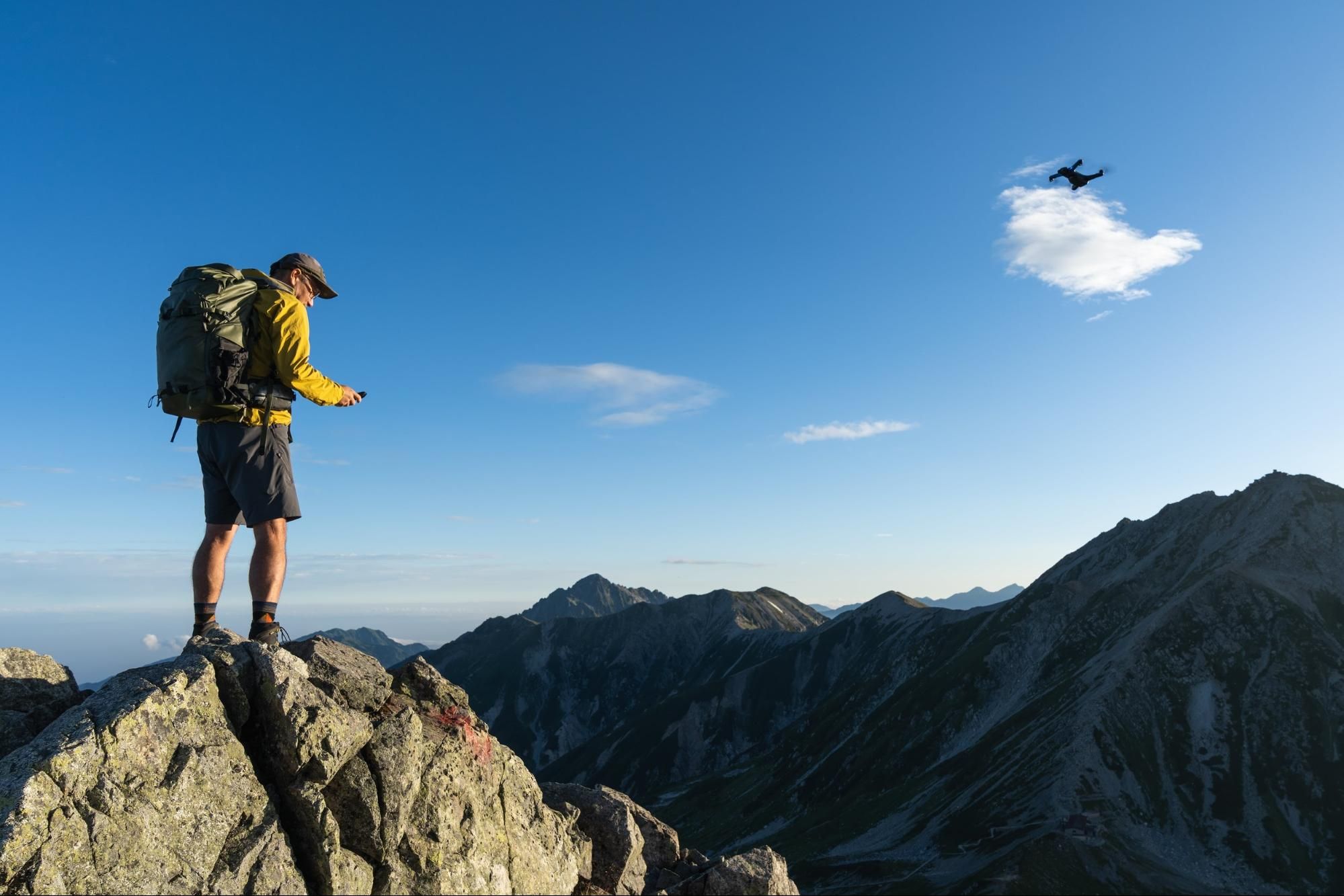
How Do The New FAA Rules Affect My Skydio Drone?
Our customers should rest assured. We are working with the FAA to enable our current and future products to comply within the relevant timelines. As explained above, before manufacturers can comply, the FAA must approve technical standards that companies will use to demonstrate compliance. That process could take approximately 6-9 months to complete. Our goal is to support the development of standards that enable our existing products to comply through software updates. We will keep our customers updated going forward.
What Does Skydio Think About The New Rule?
Skydio supports reasonable regulations that maximize the ability of our customers to fly for fun or for business. We work closely with the FAA to promote that guiding principle in regulations. We provided detailed comments to the FAA on the proposed rules; some of our comments were accepted, and others not, as is typical for major rulemakings.
Skydio supports the concept of remote identification. Digital license plates--done right--will provide higher levels of safety and security while enabling next-generation operations that will make our society safer and more efficient. The Final Rule embodies the FAA’s commitment to supporting advanced operations and unlocking the full potential of drone technology. We commend the FAA for establishing a framework that will help to integrate drones into the national airspace. The FAA also deserves credit for releasing the final rule within a year of the proposal--no easy feat, given the task of reviewing the 53,000 comments the proposal attracted.
We will now review two aspects of the rule that raise potential questions and concerns.
(1) Recreational operators: By requiring recreational pilots to fly unequipped drones in designated flying fields (instead of backyards, public parks, and other open spaces), the rule represents a significant departure from the status quo. At Skydio, we strongly support the hobbyist and recreational community. Dozens of Skydio employees first experienced the magic of flight by building and flying R/C aircraft as children. Our co-founder and CEO, Adam Bry, won a national championship in R/C airplane aerobatics at the age of 16.
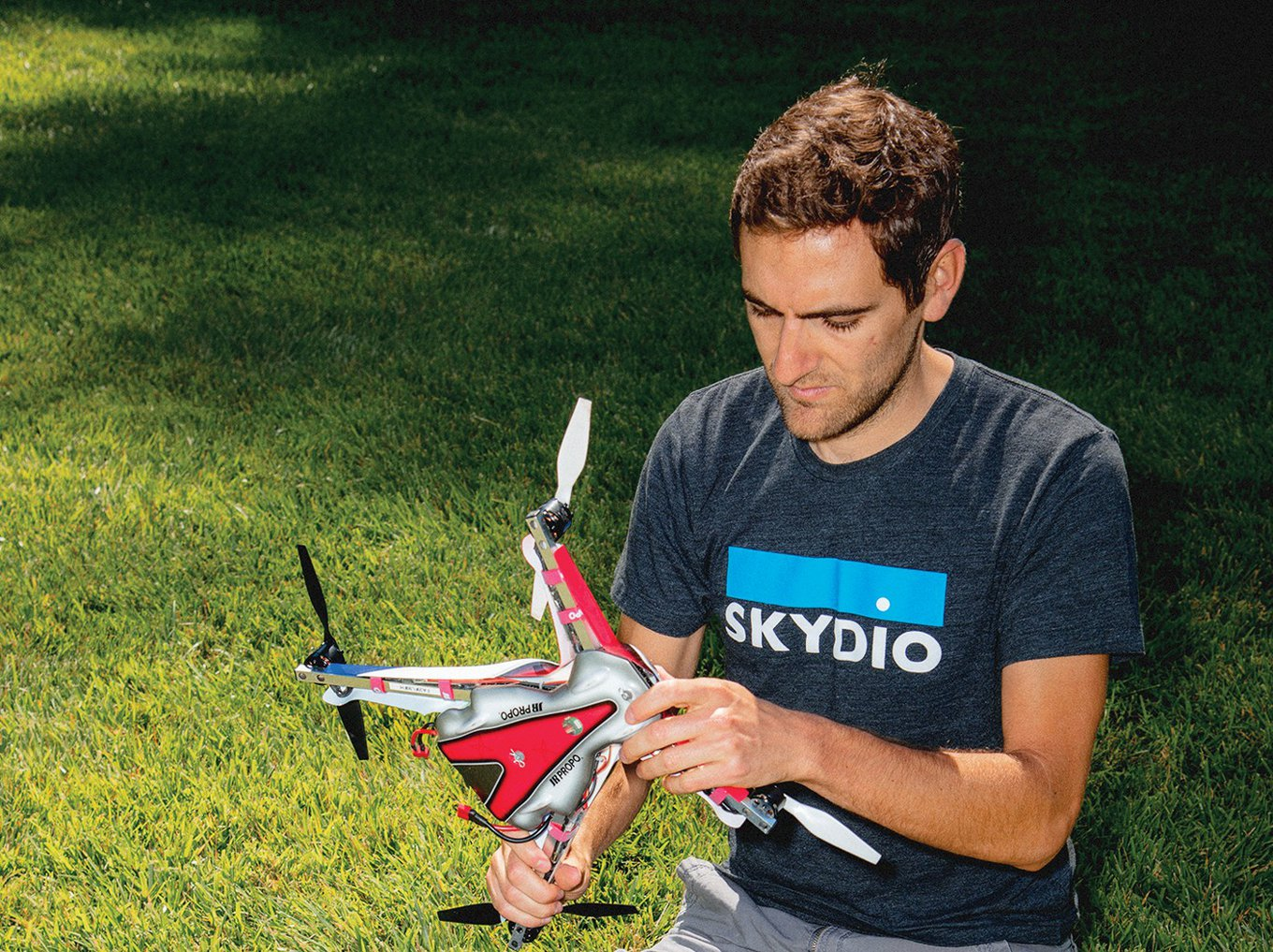
In our comments to the FAA on the proposed rule, Skydio supported flexibility for recreational operators. Among other things, we asked the agency for the option to retrofit drones and model aircraft to become compliant--something the FAA originally planned to prohibit. We also asked the FAA for greater flexibility to establish flying fields in which unequipped drones could be operated. We did not make those requests for business purposes. Skydio drones will be equipped with Remote ID; because of that, our customers will be able to fly in any lawful airspace, rather than being limited to flying fields. We made those requests because recreational flying is part of our DNA.
We are happy to say that the FAA accepted both recommendations, creating a mechanism to retrofit unequipped aircraft to meet the new requirements, and making it easier to create and change FAA-approved flying fields where unequipped pilots can fly. We want to applaud the Academy of Model Aeronautics and their members for their advocacy to the FAA on these and other topics. Skydio will continue to work with the FAA and our partners to support flexibility for recreational pilots.

(2) Performance vs prescription: The FAA describes the rule as a technology neutral, performance-based regulation: one that tells pilots and manufacturers where to go without telling them how to get there. In many respects, that is correct. But perhaps not in every respect.
If the rule truly were technology neutral and performance-based, it would have made sense to allow operators to select the means identification that worked for them. That’s the approach we supported in our comments to the FAA. Many other comments from recreational and commercial operators supported a flexible approach along those lines. It’s easy to understand why. Many pilots may have chosen to use broadcast technology.
Others may have chosen to use network-based services, a significant number of which are and will be available for free. In particular, Skydio sought permission for pilots to declare their intent to operate in a given area using an app, which is how the LAANC system works today. That approach, which was supported by the leading industry standards group, would have allowed recreational pilots to fly outside of flying fields without using remote ID equipment. Some commercial operators may have preferred the same approach, especially when flying in industrial sites with degraded or denied GPS coverage, such as beneath bridges and inside transmission towers.
Notwithstanding those benefits, the final rule does not give pilots a choice. It requires broadcast at all times--regardless of the use case, location, or type of drone. Although the rule’s requirements are not as flexible as we would have liked, we are grateful that the final rule expresses the FAA’s willingness to consider means of compliance that meet the rule’s objectives in novel but effective ways.
In particular, the rule provides pathways to enable flights in GPS degraded or denied areas. This issue is important to Skydio. Skydio’s autonomous drones use computer vision technology to build a 3D map of their surroundings and plan collision-free flight paths in complex environments, even in areas without GPS. Our customers rely on our category-defining autonomy to conduct close-in inspections of critical infrastructure in areas where GPS signals are severely degraded or denied--inspecting the underside of bridges to look for cracks, flying inside transmission towers to look for faults, and searching for storm damage while flying inches above residential rooftops. These operations provide extraordinary value to state departments of transportation, utility companies, and other enterprises with exceptionally low levels of risk to manned aircraft and public safety.
The FAA’s proposed rules appear to call into question the ability to conduct operations in GPS-denied environments. In the final rule, the FAA clarified that drones can comply with the rule even when taking off in, or transiting, areas where GPS is unavailable. We are grateful to the FAA for providing pathways to enable flights in close proximity to critical infrastructure, which represent the safest category of drone operations with the highest levels of value to society. We will work closely with standards bodies to ensure this allowance is reflected in technical means of compliance for the rule.
Conclusion
At Skydio, we feel fortunate to have the best customers in the world. We are amazed by the ways you use Skydio’s autonomous drones to make our world more creative, productive, and safe. To ensure you can use our products with maximum ease and efficiency, we will continue to keep you apprised of key regulatory developments and how Skydio plans to meet them.
